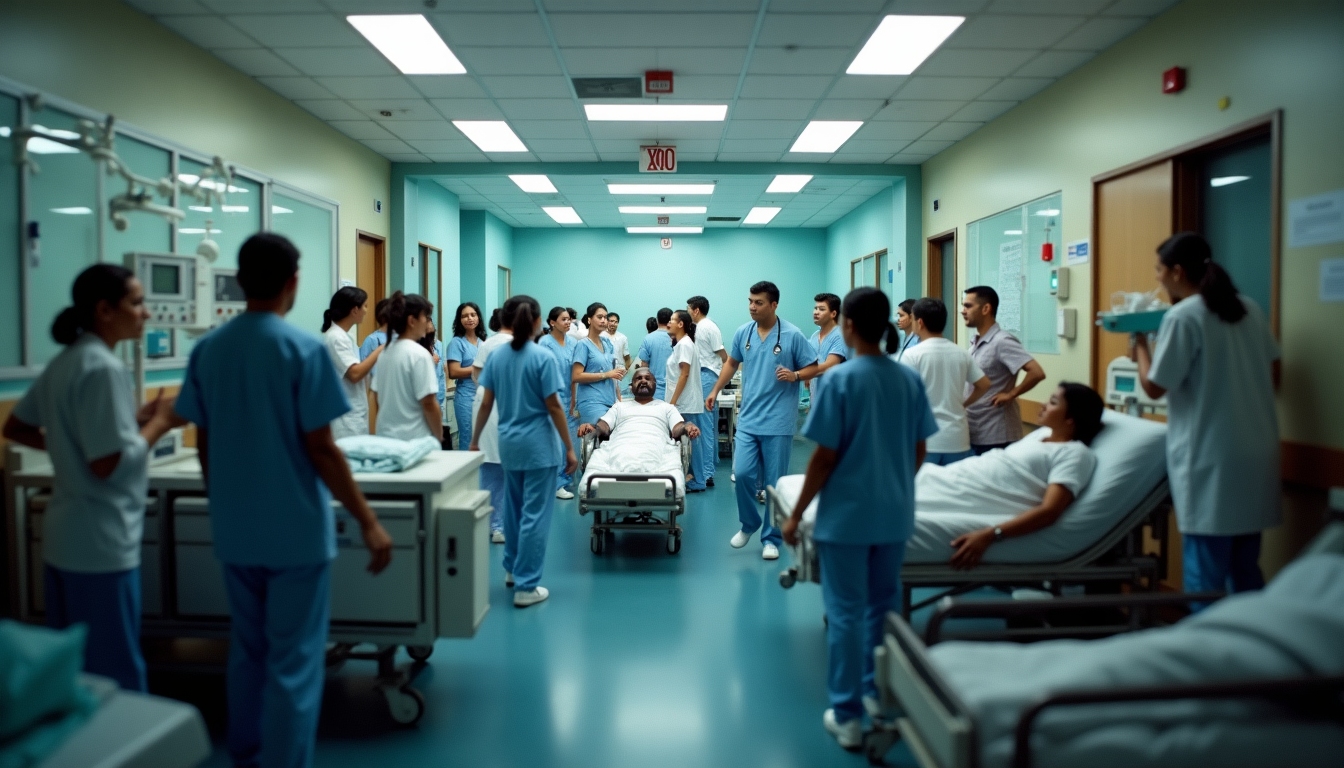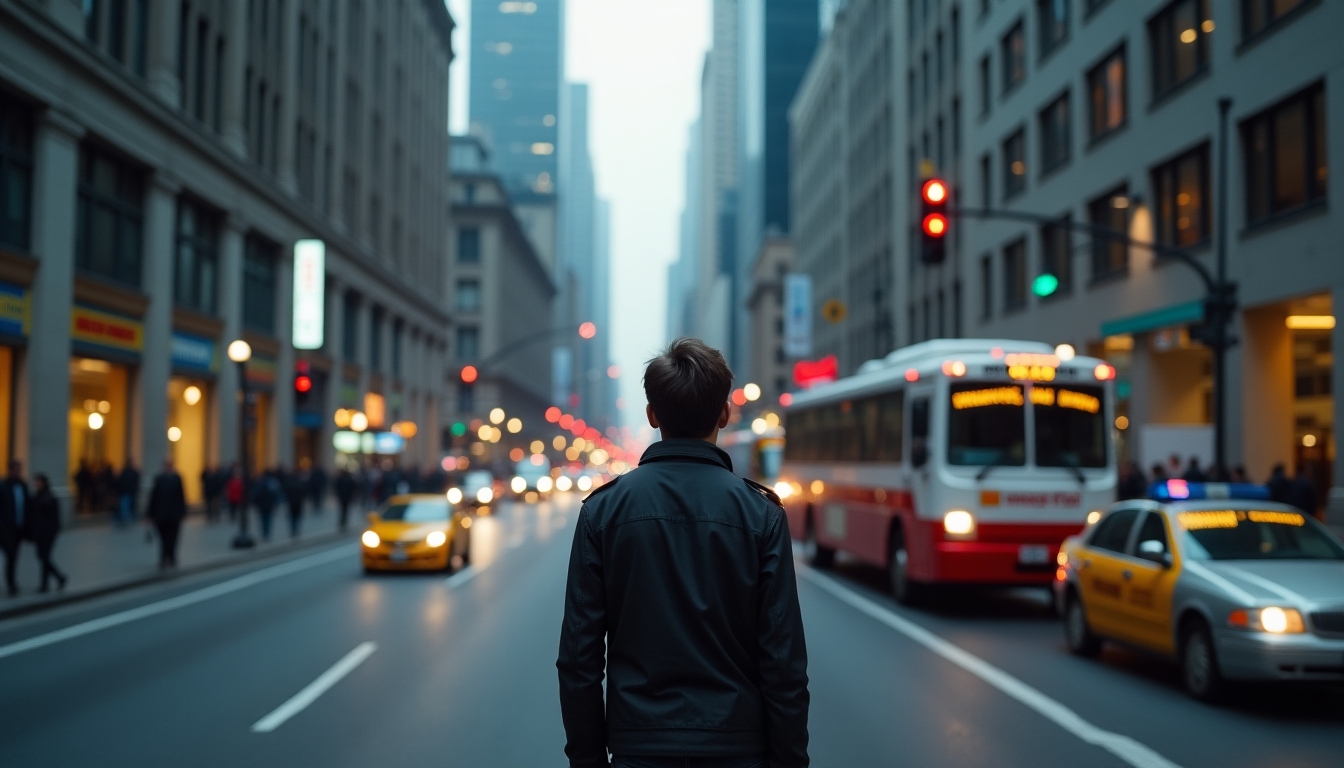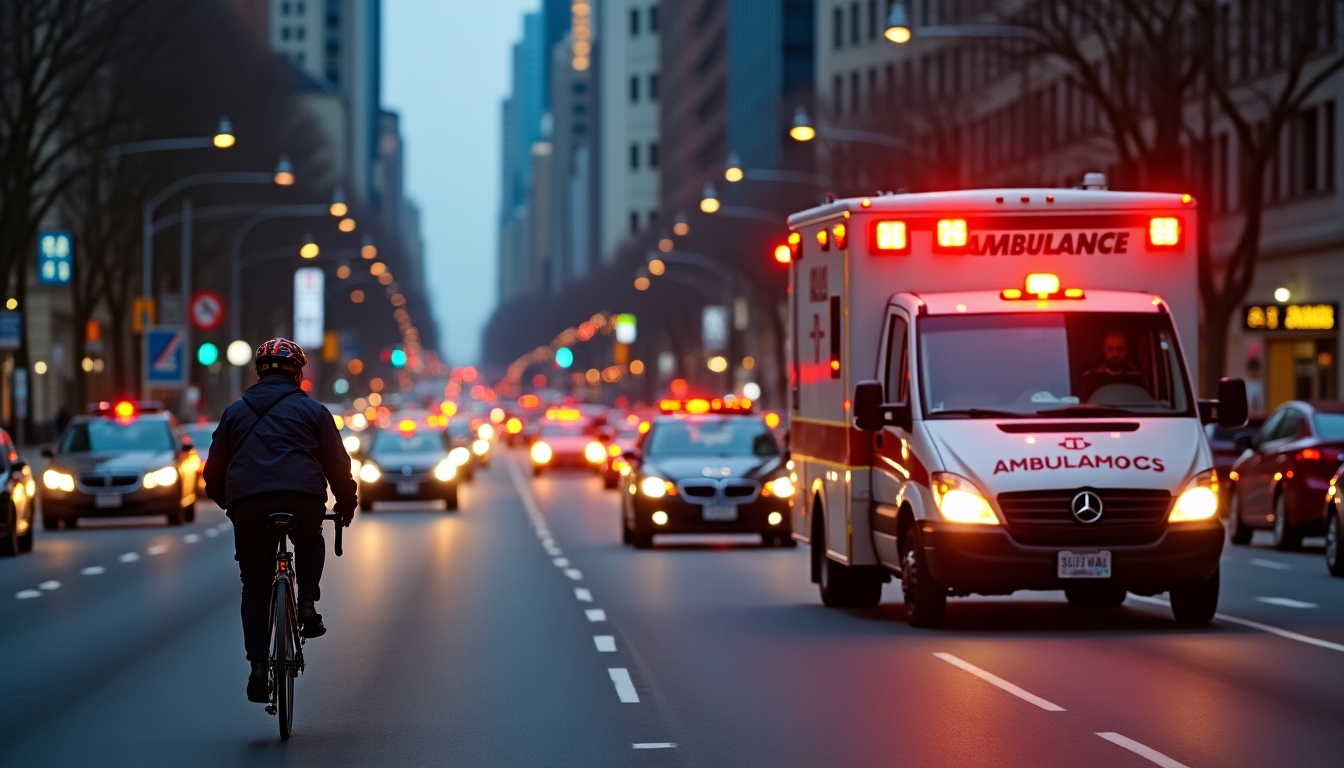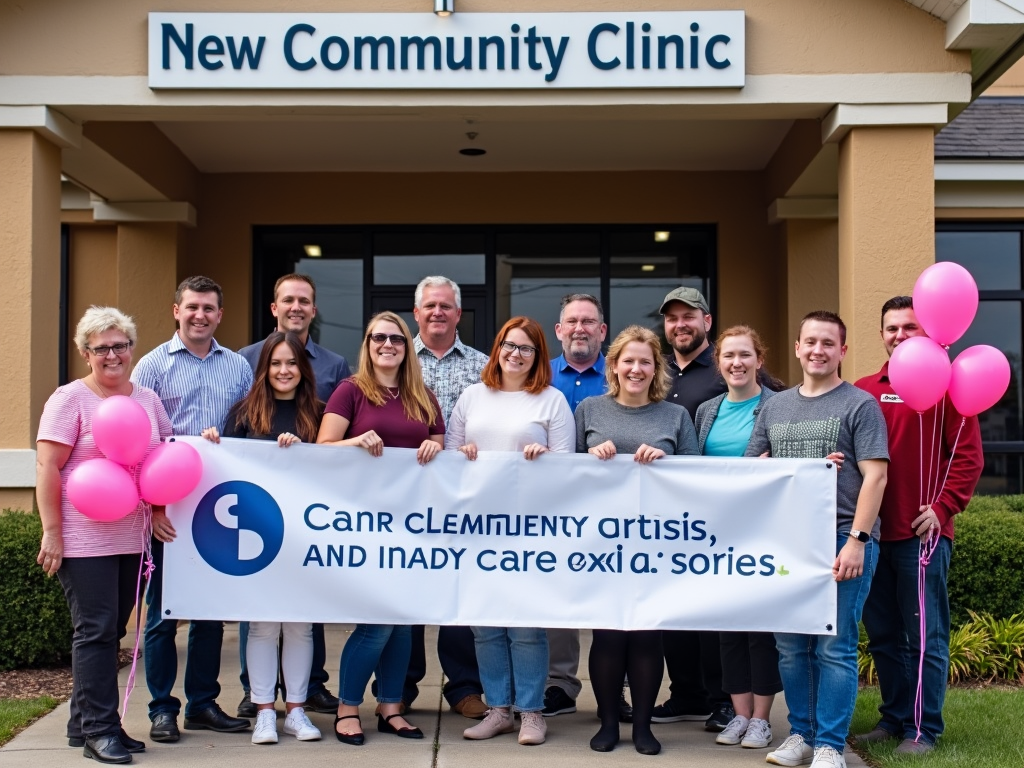In emergencies, getting care quickly can save lives. Policies to enhance access to care in emergency situations are vital, especially in cities where health gaps often widen. This article dives into why these policies matter, the obstacles they face, and how we can make care reachable for everyone.
Introduction to Access to Care in Emergency Situations
Access to care in emergency situations means getting fast, proper medical help when something urgent happens. It’s not just about living near a hospital. It also involves having services available, affording them, and facing no roadblocks like confusion or bias.
Cities make this tougher. With so many people and stretched resources, access to care gets tricky. Health disparities—gaps in who gets good care—hit hard in metropolitan areas. Things like income, race, or even your neighborhood can decide if you get help in time.

Current Challenges
Even with better medicine, barriers block access to care in emergencies. Here’s what stands in the way:
- Distance Issues: In big cities, hospitals can be far off, especially in forgotten neighborhoods.
- Money Troubles: Emergency care costs a lot. Many skip it because they can’t pay.
- System Problems: Long waits, no beds, or too few staff slow things down.
- Knowledge Gaps: Not knowing where to go or how to get help stops people cold.
These hit harder in urban areas. More people and complex systems make it a bigger mess.

Policies and Strategies
Good news: people are fighting back with smart ideas. Here are some policies making a difference:
1. Telemedicine Boost: Video calls with doctors cut distance problems. You get help fast, wherever you are.
2. Community Helpers: Trained locals spread the word and guide people to care.
3. Money Support: Programs cover costs so no one skips care over bills.
4. More Clinics: New or better hospitals in needy spots shrink travel time.
5. Faster Ambulances: Upgraded emergency services get to you quicker.
Take mobile stroke units—ambulances with special gear. They’ve cut treatment delays in cities like Houston, saving lives.

Improving Urban Emergency Medical Services
Cities throw curveballs at ambulances—traffic jams and tons of calls. But there’s hope:
- Smart Dispatch: Data predicts busy spots, so help’s ready where it’s needed.
- New Rides: Bike medics or motorcycles zip through traffic better than big trucks.
- Teamwork: Local groups train folks in first aid, building a safety net.
Improving urban emergency medical services means thinking outside the box. In New York, bike paramedics have slashed response times in packed areas.

Addressing Health Disparities
Not everyone gets the same shot at care. Policies can fix that by:
- Reaching Out: Targeting overlooked communities with info and help.
- Training Respect: Teaching doctors to understand different backgrounds.
- Fixing Roots: Tackling bigger issues like jobs or housing that affect health.
Addressing health disparities in metropolitan areas takes teamwork. In Chicago, community health workers cut ER visits by teaching folks how to get care early.

Personal Insights and Experiences
Picture this: a mom in a rough part of town. Her kid’s sick, bad. She’s scared to call an ambulance—too expensive. So she drives, lost in traffic, while her child fades. It’s a heartbreaking reality of access gaps.
Now flip it. In a city with telemedicine, a man with chest pain calls a doctor online. Help’s on the way in minutes. That’s what policies to enhance access to care in emergency situations can do—turn fear into hope.

Conclusion
Getting care fast in emergencies shouldn’t be a roll of the dice. It takes bold policies, new tech, and people working together. By tackling barriers and shrinking health gaps, especially in cities, we give everyone a fair shot at survival. The fight’s not over—let’s keep pushing.

Discuss Here